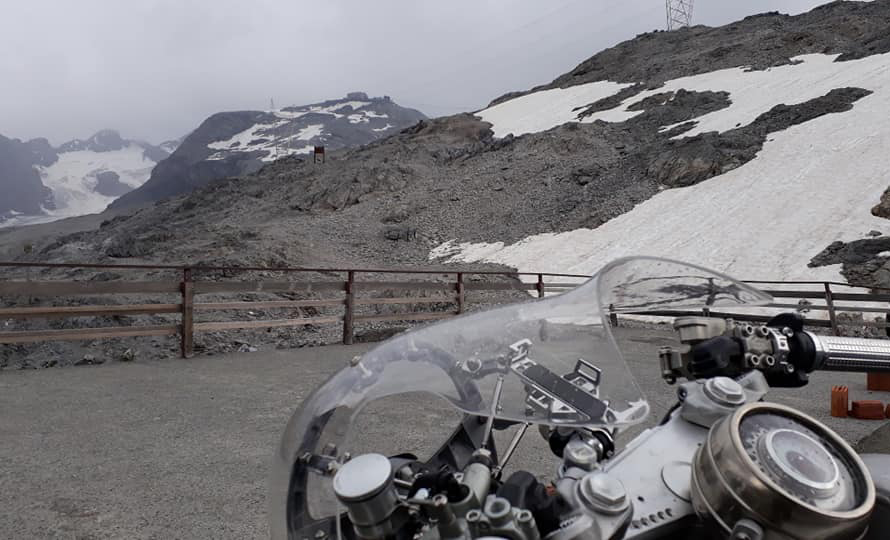Copyright GK Dynamics Inc., All Rights Reserved.

Copyright GK Dynamics Inc., All Rights Reserved.



How still it is here—
Stinging into the stones,
The locusts’ trill.
(Translated from Japanese by Donald Keene)
Let me begin this column with this famous haiku poem by Japanese haiku master Matsuo Basho (1644-1694). You’ve probably heard of it at least once or more. It is included in his travel diary Oku no Hosomichi, or The Narrow Road to the Deep North, along with many other poems.
To compile this masterpiece, Basho traveled nearly 2,400 kilometers on foot from Edo (present-day Tokyo) to Ogaki in central Japan, all the way through Japan’s northern part of Tohoku and north central region of Hokuriku. Why did he choose to walk? To move a long distance, he could have taken a palanquin, a means of public transportation people used at the time just like we take a taxi or a train today.
If Basho had made his journey on a palanquin, I wonder if he could have been fortunate enough to find themes suitable for his poems at his destinations, such as a frog jumping into a pond or cicadas singing around him. Or, even if he had arrived by palanquin and happened to witness a scene of cicadas chirping in the stillness, could he have been creative enough to produce that famous piece of haiku? In my opinion, Basho chose to walk all the way across the country, hoping to feel every step of his journey through his five senses.
By the way, when designing a motorcycle, I try to put myself in the shoes of its potential users. When I ask our customers why they like to ride a motorcycle, they sometimes answer that they want to feel the wind. But such poetic conversation is often followed by a realistic topic that the worst comes to the worst when it rains in a remote place. And the conversation further develops into a story about horrible situations where they had engine stalls and felt at a loss in unfamiliar surroundings. Despite the seriousness of the story, the riders often end up being excited about what they are talking about. Then I feel I’m no different. Riders can relate to each other.
When I ask myself why I can remember such feelings, I begin to realize what I experienced in troubling situations have remained in my mind. I can remember the unique smell of wet asphalt pavement when it started raining, the sound of evening cicadas coming from a farm road nearby, the fading light of the sun setting beyond a mountain, and the feel of my body cooling in the chilly evening. Stuck in the engine failure, I thought about taking shelter under the eaves of the house nearby to dry my clothing, and then thought twice as I was concerned about getting a warning against my rudeness. I feel such uneasy feelings have been condensed in myself, leading me to develop sympathy with my fellow riders.
As I’m not talented to compose a haiku, it’s beyond my ability to organize my feelings in the past into 17 syllables a haiku is supposed to consist of. That said, I can feel those feelings have continued to exist in myself.
Here’s my imagination. If Basho lived today, he would be riding a motorcycle. It should be a means of transportation for him to feel the wind while accustoming himself to the modern way of living. I think it’s a good idea to relish fantasies like this when I travel on a motorcycle. And as a motorcycle designer, I hope I would be able to help people enjoy such riding experiences.
(The picture on this page is not directly related to the content, used only for providing an image)
Jun Tamura
Product Design Dept.
Senior Director